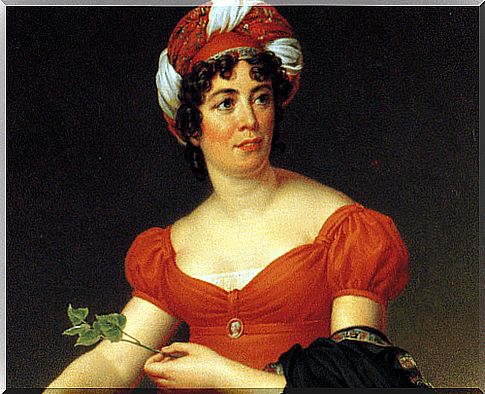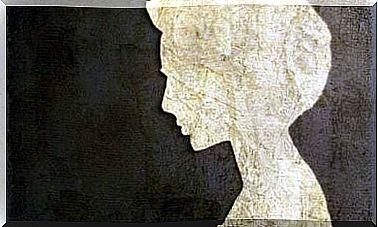Madame De Stäel: The Woman Most Feared By Napoleon

Anne Louise Germaine Necker, better known as Madame de Stäel, was certainly a prominent figure in the history of modern Europe. A pioneer of comparative literature studies and a woman ahead of her time, she was an exceptional historical figure with an extraordinary social influence on the thought of the time.
Madame de Stäel was one of the most important voices of the Enlightenment, and not only from a literary point of view. He was able to express his opinion with incisive, clear and strong ideas within the political and social landscape of a tremendously turbulent era.
Napoleon Bonaparte wanted to have her at his side and manipulate her as he pleased, but Madame de Stäel ended up becoming his bitter enemy. Inspired by the decisive changes that France was experiencing during the Revolution, she developed and strenuously defended her ideas on politics and social life.
The early years
Anne Louise Germaine was born in Paris in 1766, daughter of Susand Cuchord and Jacques Necker, Louis XVI’s finance minister. Her parents were both of Swiss descent and fervent Protestants, a faith that would establish very important bonds in Madame de Stäel’s life. She was taught by her mother according to the principles of a Calvinist worldview.
The mother used to organize cultural and political meetings, very much in vogue with the fashion of the moment. It was there that Anne Louise was able to show off, from a very young age, all her talent and intelligence, the result of a careful education outside the traditional female educational standards in force at the time.

Marriage of with Baron Staël-Holstein
In keeping with the customs of the time, the marriage was arranged by the parents when Anne Louise Germaine, who would later become Madame de Stäel, was only thirteen. The Neckers chose a Swedish diplomat, Baron de Staël-Holstein, seventeen years her senior, who never made her happy. Of this marriage four children were born.
Although her husband let her live without interfering in her life or in the various love affairs she had with other men, they ended up separating. Years later, Madame de Stäel devoted part of her invectives against arranged marriages. He married two more times, this time by choice.
Madame de Stäel’s Thought
In the intellectual circles of Paris his political ideas and essays soon became very influential. He began to organize cultural meetings like his mother’s, where the most influential intellectuals of the city exchanged ideas close to his. Passion for the Enlightenment led her to support the French Revolution.
With the arrival of the age of terror, Madame de Stäel felt disappointed by both the Republicans and the absolutists. That sentiment was reflected in his writings. Thus, he decided to withdraw his support for both in exchange for the idea of a constitutional monarchy. This decision cost her exile.
Upon returning to France, after her first exile, she wrote one of her most important works, in which she denounced the miseries of the female condition and declared herself opposed to misogyny. He published it in defense of his friend, Queen Marie Antoinette, when she was sentenced to death.
Relations with Napoleon Bonaparte
At the time Napoleon appeared on the scene, Madame de Stäel was a very influential figure in French politics and society. Bonaparte saw in her a tool for his own propaganda and aspired to make her his personal adviser.
In this regard, he summoned her to court, but Anne Louise’s opinion of him was very negative. He considered him a man without intellectual gifts and with an absolutist personality and vision of the leadership of his country, far from the revolutionary spirit he loved.
Around the same time, Madame de Stäel was having an extramarital affair with Benjamin Constant, one of the main opponents of the Napoleonic regime.
These two events earned him a new exile. He settled in Coppet, in the Swiss canton of Vaud, in the family home. There he publishes two books on the political and social issues of the time and on female discrimination despite the Revolution.
Madame de Stäel, an ante litteram intellectual
Madame de Stäel lived in a politically and socially unstable period. She had a strong personality and was passionate in all aspects of her life. It was said of her that she was “the woman most feared by Napoleon”. She was a great revolutionary and idealist, despite being disappointed with the attitude of many of her contemporaries.
Stäel broke through the political and social rot of a Europe victim of violent transformations, influencing the thought of her time with gracefulness and elegance.









